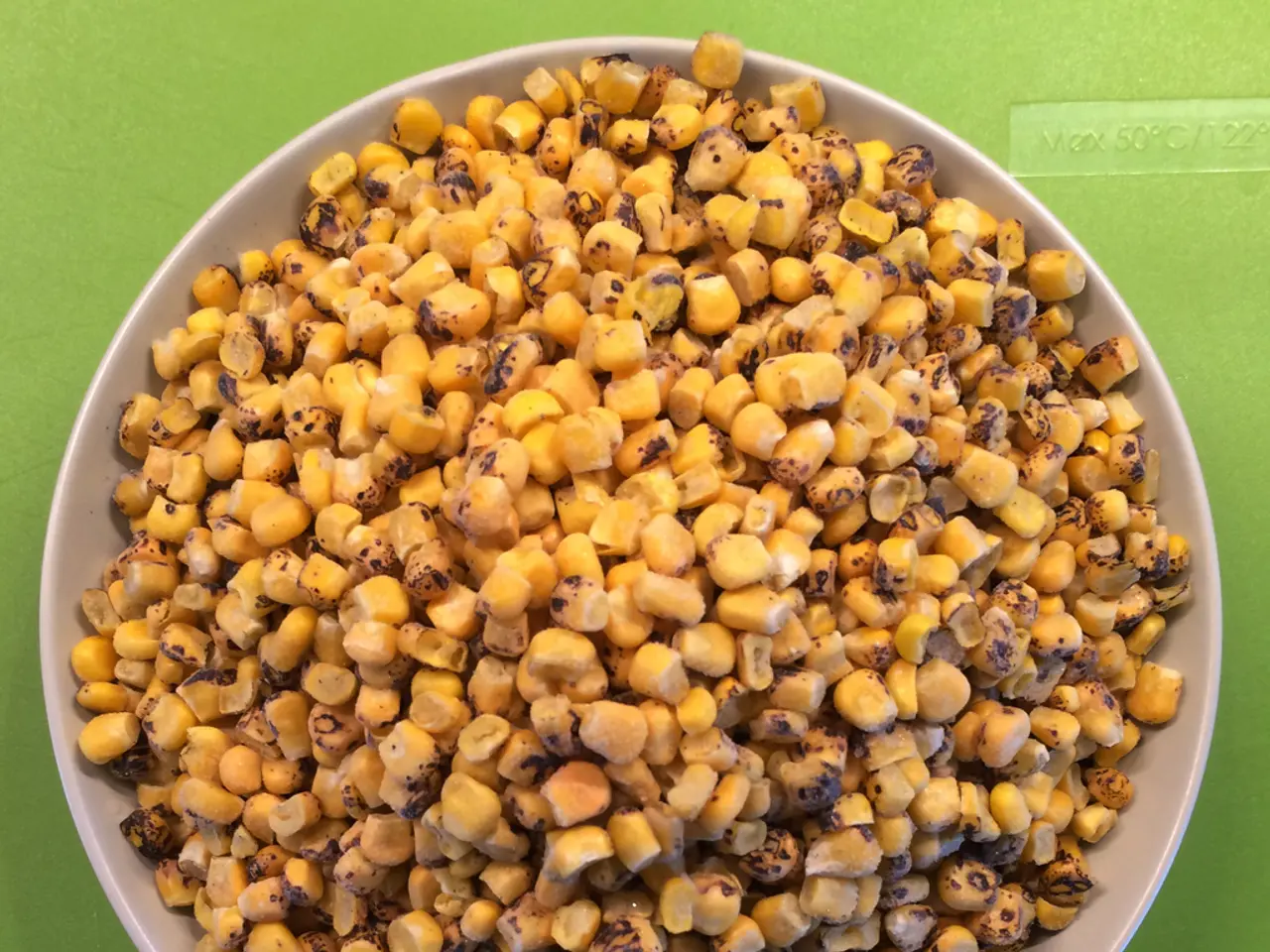Guide to Seed Germination Comprehensively: Mastering the Art of Seed Starting
Starting seeds is an exciting part of gardening, and understanding the differences between warm weather and cold weather seeds can help ensure a successful growing season. Here's a breakdown of the key factors to consider when starting seeds for both types.
Warm Weather Seeds
Warm weather seeds thrive in a warm growing environment and prefer warmer soil temperatures, unable to tolerate frost. Examples include cucumbers, tomatoes, squash, beans, tomatillos, eggplant, peppers, basil, coleus, marigolds, zinnias, and nasturtiums.
To give these seeds a head start, it's best to start them indoors 6-8 weeks before the last expected frost date. A suitable growing medium for this purpose is a soilless seed starting mix, such as peat moss or coco coir, perlite, and vermiculite, which offers good aeration and moisture retention.
Maintaining soil temperatures within the seed's optimal germination range, often between 70-85°F (21-29°C), is crucial to encourage quick sprouting. Once seedlings are strong enough, they can be transplanted outdoors after the last frost and once soil temperatures have warmed sufficiently.
Cold Weather Seeds
Cold weather seeds, like peas, lettuce, broccoli, beets, radishes, spinach, kohlrabi, parsley, cilantro, and cabbage, are seeds that prefer the cooler climate and many can tolerate light frost. Unlike warm weather seeds, these can often be direct sown outdoors shortly before or after the last frost because they germinate best in cooler soil temperatures (40-75°F / 4-24°C).
If starting indoors or in a cold frame, use a fine, well-draining seed starting mix to protect seeds but still allow cooler conditions. Proper spacing and moisture are essential, but avoid overly rich or warm soil, which might hinder germination.
Common Factors for Both Types
- Using a sterile, lightweight seed starting mix that balances moisture retention and aeration is crucial to prevent damping-off disease and promote healthy root growth.
- Understanding your local frost dates and soil temperatures helps optimize the timing for seed starting and transplanting.
- Some gardeners use hydroponic or mini-hydroponic systems to start seeds indoors faster, especially for leafy greens and warmer season plants, but this requires different media and care.
Seed Starting Containers and Methods
Seedling pots, cell packs, and seedling flats are all suitable containers for starting seeds. Seedling pots are compact and made from plastic, available in various sizes and shapes, and can be custom selected based on the needs of the grower and the size of the plants. Cell packs are lightweight and portable seed containers, perfect for a small-scale home environment. Seedling flats are a high-density system that allows gardeners to grow more seedlings in a small container, best used in nursery or greenhouse applications.
Soil blockers are another option, made by compressing seed starting soil in the form of blocks or cubes, suitable for small greenhouses to large-scale greenhouses. Biodegradable pots, made from materials like cardboard pulp, dried coconut husks, paper, or cow manure, break down into the ground, minimizing transplanting shock and are available in different sizes to accommodate a variety of growing environments.
In summary, warm weather seeds benefit most from early indoor sowing in a well-prepared, warm, soilless medium and transplanting post-frost, while cold weather seeds are often successful with early direct sowing outdoors or cool-start indoor sowing in lighter mixes. Matching the seed type with the appropriate temperature and timing is key to success.
Tending to a home-and-garden lifestyle, consider the different lifecycle needs of your plants: warm weather seeds, like cucumbers and eggplants, thrive with enough warmth indoors 6-8 weeks before the last frost, while cold weather seeds, such as peas and lettuce, prefer light frost and can be sown outdoors shortly before or after the last frost. In both cases, a suitable seed starting mix is essential for healthy seedlings, with careful attention given to the soil's moisture retention and aeration, allowing for a successful growing season.




